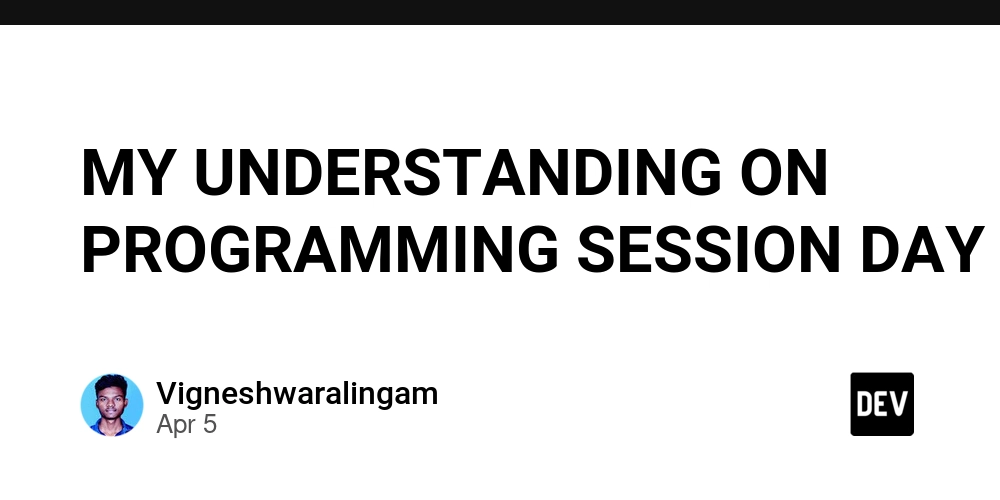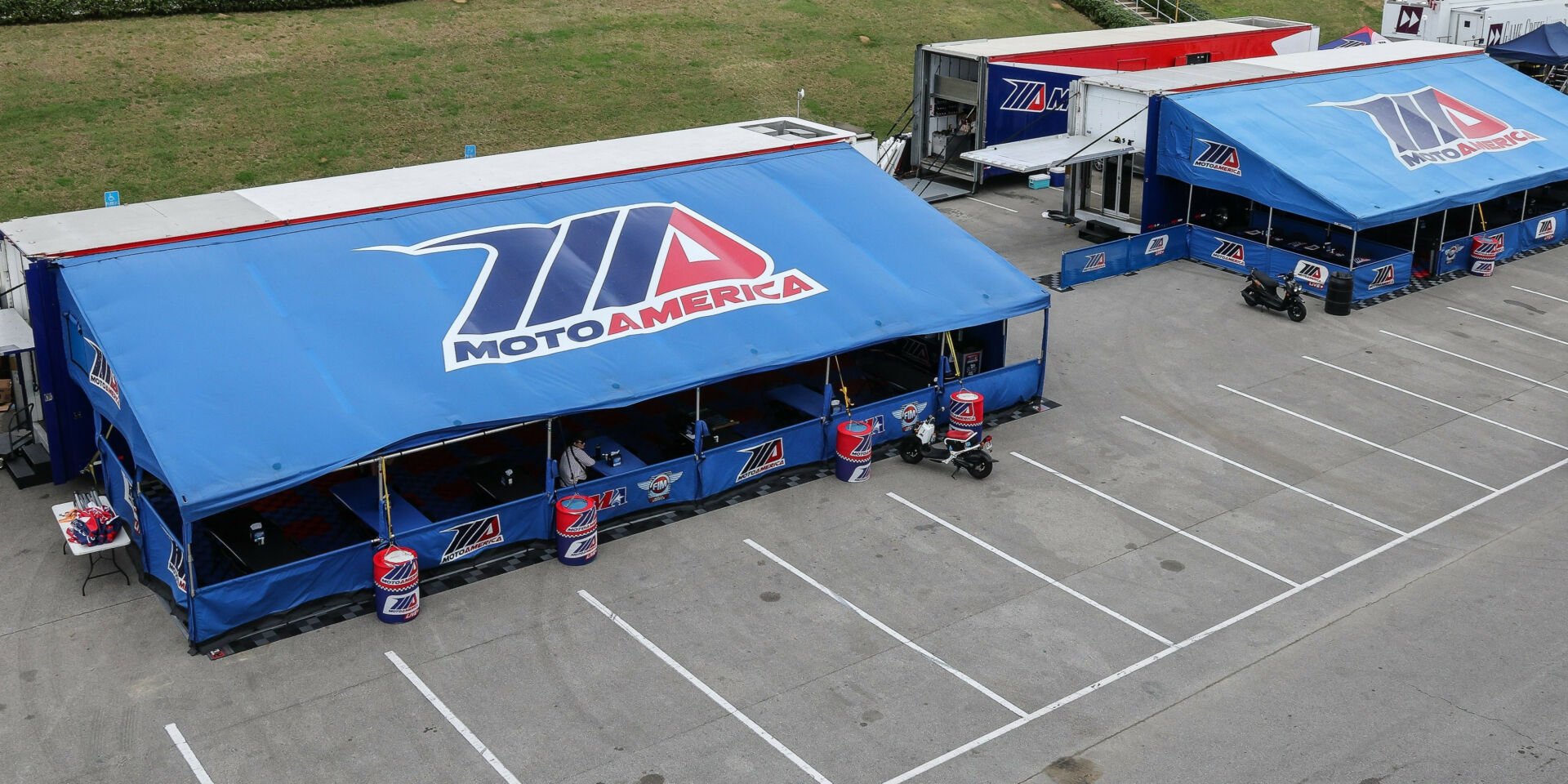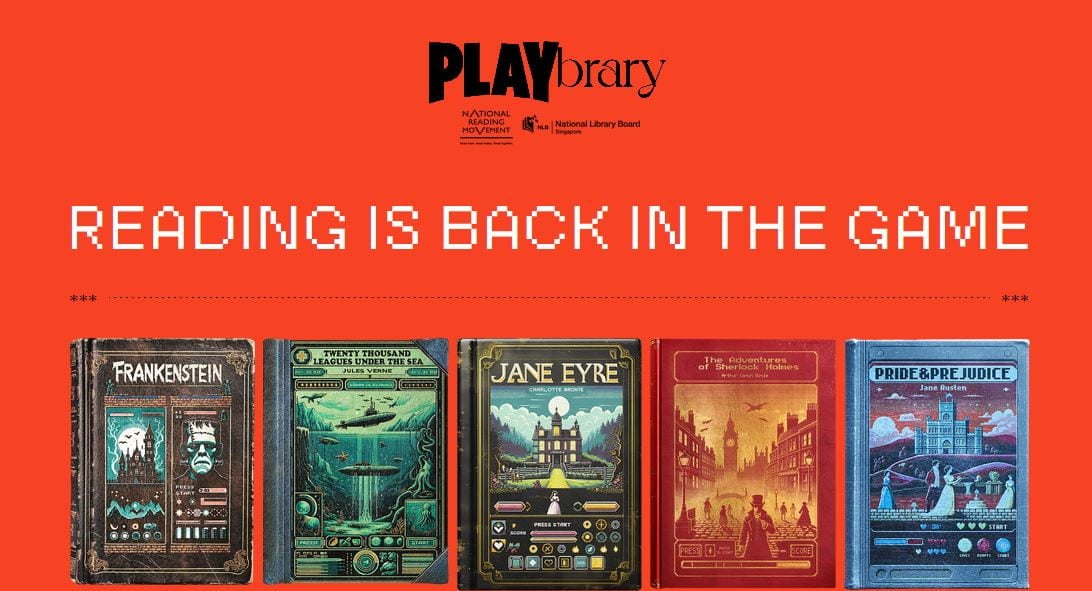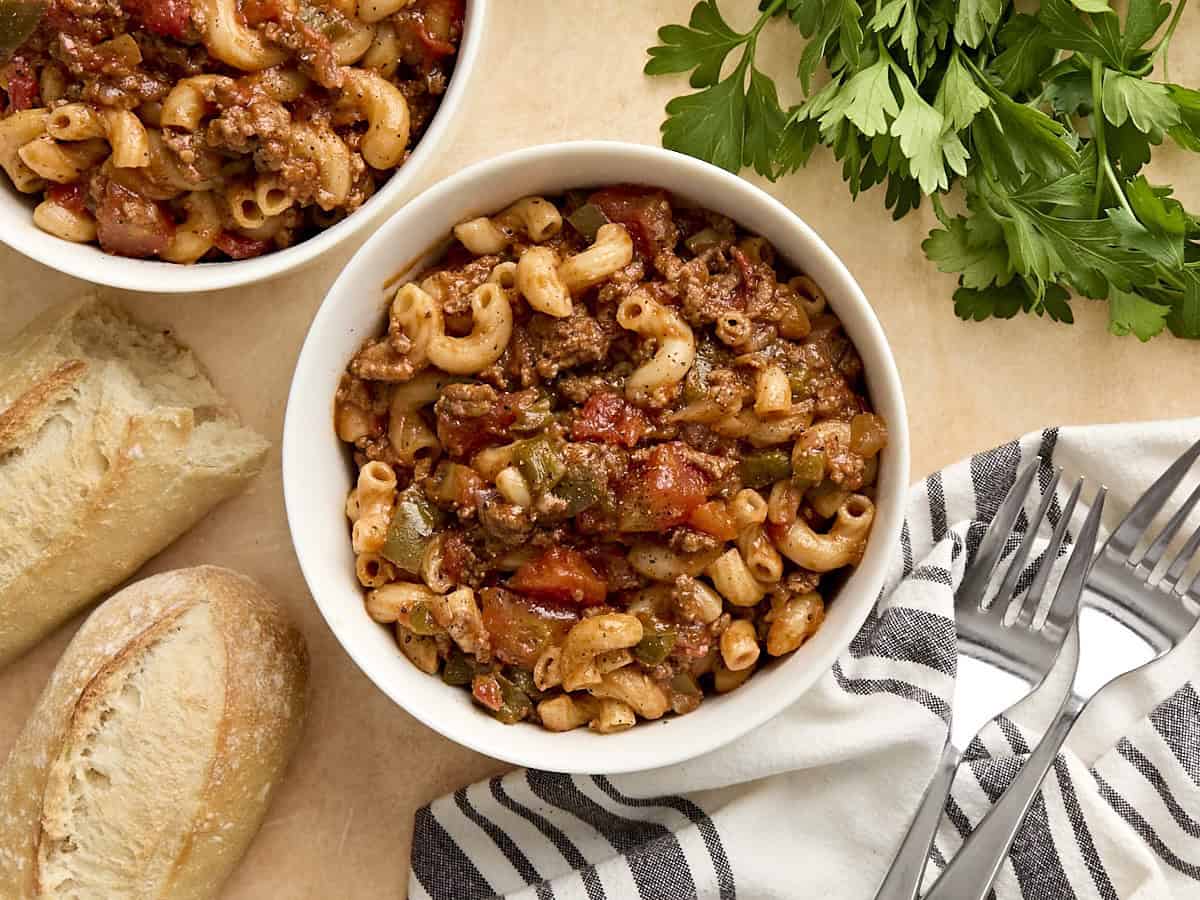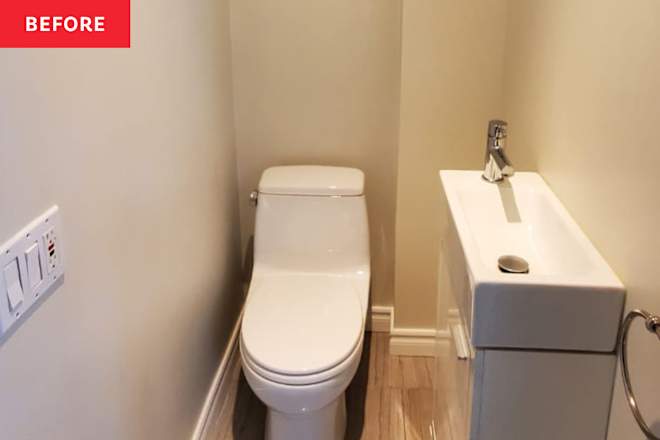‘Just take good players’: How to understand scheme fit in NFL Draft
Photo by Joe Robbins/Icon Sportswire via Getty Images How do NFL teams balance schematic fit vs. best player on the board? As everyone gets smarter about the NFL Draft and evaluation of players, something that pops up a lot is schematic fit, and for good reason. Putting square pegs into round holes is how a lot of teams end up with busts as first round picks or players that end up succeeding on different teams. But how important is scheme fit at the top of the draft? Is it important enough to draft the guy who is the perfect fit over the most talented player available? Let’s dive into how much emphasis to place on scheme fit when evaluating the top prospects. Scheme Fit As said earlier, schematic fit is super important when it comes to NFL Draft evaluation. Not only because it’s specific for each team, but not every prospect is a fit for every team. Let’s use this example: Iowa RB Kaleb Johnson is my second ranked running back in the 2025 NFL Draft. His vision, acceleration in short areas and solid build are tailor-made for an NFL offense. However, he might not be the best fit for teams that use a lot of gap scheme runs like power and counter. His vision is best for zone run games like...almost any Shanahan or McVay offense that’s in the NFL today (the Vikings would be awesome, but probably won’t happen. The 49ers could be really cool). So if he’s a great fit for a predominantly zone blocking team, I don’t think it makes sense for a team like the Chargers to draft Johnson, because they’re a majority gap running team. That’s not to say Johnson wouldn’t be moderately successful in that style of offense--he’s a quality back who can make it work. But you’re drafting players for both what they can do now AND what they can do for you later, and schematic fit plays a role in that. Another example from this year’s class. Georgia EDGE Mykel Williams is an insanely powerful, strong run defender who has long arms and wins with power on the edge. I think he might be a little stiff, and doesn’t really drop into coverage, so a team that likes having their edges stand up and drop into coverage at times might not be the best usage of his skills. Again, not saying he’ll never be able to do it--he won’t be 21 until after the draft. But at his best you want his hand in the dirt and generating force through the tackle. I think he can become a guy who can play as a standup edge defender, but he might be better off with his hand in the dirt. Draft Good Players, imo On the other side of this conversation is the simple adage: just draft good players! It’s not that difficult! At the top of the draft, you should be able to find a guy who is schematically versatile, or has the skillset to become schematically versatile. Sometimes, players become something that they weren’t doing at the college level. Because of how various and wide the schemes are in college, a player who comes from, say, an offense like Tennessee’s where all the routes are way out by the sidelines and there’s nothing over the middle of the field, might not translate to the NFL where everything is more constricted (except if you play for Kliff Kingsbury I guess). However, if that same guy from Tennessee has shown, in limited reps, that they can do the middle of the field dirty work, then just draft him and see what happens. RB Ashton Jeanty is terrific, one of the best backs I’ve scouted in my time as an NFL writer (which isn’t very long, I understand). He’s scheme versatile, a guy who can win in both zone and gap run schemes. If you need a guy like that at the top of the draft, simply draft him. Another example of this from this year’s draft class is Georgia LB Jalon Walker. He’s at his best going forward, but he’s a hammer who is versatile enough to play on the edge or as a stack linebacker. That versatility might not make him a great fit as a 4-3 EDGE or linebacker, but if he’s a good and useful player who you can find a role for, just draft him because he’s a phenomenal player. Verdict I think scheme fit is super important when it comes to evaluation of NFL Draft prospects, but it truly becomes paramount later in the draft, where you’re filling out the depth of your roster. At the top of the draft, it matters, but I also think drafting good players and finding a role for them is important as well. Really, it depends on your own franchise and what their needs are. For most teams, guys who are scheme versatile might be below a true hand in glove fit. However, I think in the war of scheme fit vs draft good players, the true winner is both.


How do NFL teams balance schematic fit vs. best player on the board?
As everyone gets smarter about the NFL Draft and evaluation of players, something that pops up a lot is schematic fit, and for good reason. Putting square pegs into round holes is how a lot of teams end up with busts as first round picks or players that end up succeeding on different teams.
But how important is scheme fit at the top of the draft? Is it important enough to draft the guy who is the perfect fit over the most talented player available? Let’s dive into how much emphasis to place on scheme fit when evaluating the top prospects.
Scheme Fit
As said earlier, schematic fit is super important when it comes to NFL Draft evaluation. Not only because it’s specific for each team, but not every prospect is a fit for every team. Let’s use this example: Iowa RB Kaleb Johnson is my second ranked running back in the 2025 NFL Draft. His vision, acceleration in short areas and solid build are tailor-made for an NFL offense. However, he might not be the best fit for teams that use a lot of gap scheme runs like power and counter. His vision is best for zone run games like...almost any Shanahan or McVay offense that’s in the NFL today (the Vikings would be awesome, but probably won’t happen. The 49ers could be really cool). So if he’s a great fit for a predominantly zone blocking team, I don’t think it makes sense for a team like the Chargers to draft Johnson, because they’re a majority gap running team.
That’s not to say Johnson wouldn’t be moderately successful in that style of offense--he’s a quality back who can make it work. But you’re drafting players for both what they can do now AND what they can do for you later, and schematic fit plays a role in that.
Another example from this year’s class. Georgia EDGE Mykel Williams is an insanely powerful, strong run defender who has long arms and wins with power on the edge. I think he might be a little stiff, and doesn’t really drop into coverage, so a team that likes having their edges stand up and drop into coverage at times might not be the best usage of his skills. Again, not saying he’ll never be able to do it--he won’t be 21 until after the draft. But at his best you want his hand in the dirt and generating force through the tackle. I think he can become a guy who can play as a standup edge defender, but he might be better off with his hand in the dirt.
Draft Good Players, imo
On the other side of this conversation is the simple adage: just draft good players! It’s not that difficult! At the top of the draft, you should be able to find a guy who is schematically versatile, or has the skillset to become schematically versatile. Sometimes, players become something that they weren’t doing at the college level. Because of how various and wide the schemes are in college, a player who comes from, say, an offense like Tennessee’s where all the routes are way out by the sidelines and there’s nothing over the middle of the field, might not translate to the NFL where everything is more constricted (except if you play for Kliff Kingsbury I guess). However, if that same guy from Tennessee has shown, in limited reps, that they can do the middle of the field dirty work, then just draft him and see what happens. RB Ashton Jeanty is terrific, one of the best backs I’ve scouted in my time as an NFL writer (which isn’t very long, I understand). He’s scheme versatile, a guy who can win in both zone and gap run schemes. If you need a guy like that at the top of the draft, simply draft him.
Another example of this from this year’s draft class is Georgia LB Jalon Walker. He’s at his best going forward, but he’s a hammer who is versatile enough to play on the edge or as a stack linebacker. That versatility might not make him a great fit as a 4-3 EDGE or linebacker, but if he’s a good and useful player who you can find a role for, just draft him because he’s a phenomenal player.
Verdict
I think scheme fit is super important when it comes to evaluation of NFL Draft prospects, but it truly becomes paramount later in the draft, where you’re filling out the depth of your roster. At the top of the draft, it matters, but I also think drafting good players and finding a role for them is important as well. Really, it depends on your own franchise and what their needs are. For most teams, guys who are scheme versatile might be below a true hand in glove fit. However, I think in the war of scheme fit vs draft good players, the true winner is both.










